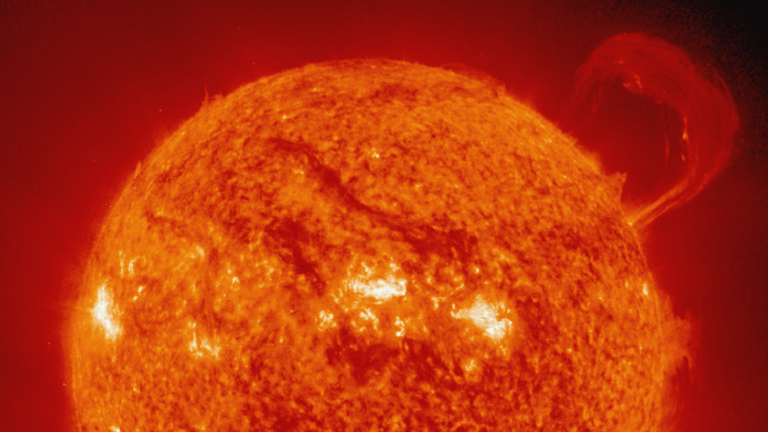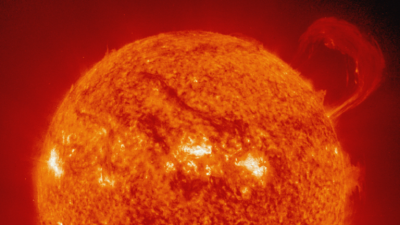A new study has concluded that the sun may reach the peak of its current activity cycle in 2024, one year earlier than the forecasts made by NASA and the National Oceanic and Atmospheric Administration. However, even after the sun reaches its peak, its fury will continue to threaten Earth for at least five more years.
The team believes that the activity cycle will peak at around 185 solar spots per month, thus being somewhat milder than the team's original predictions. The current cycle, which is the twenty-fifth since record-keeping began in 1755, started in 2019. According to official predictions, it was supposed to be quite mild, peaking at around 115 solar spots per month in 2025.
The solar cycle lasts about 11 years, characterized by the ebb and flow of the sun's magnetic activity, which manifests in the number of sunspots, flares, and solar explosions. These cycles vary in intensity, with the weakest producing fewer than one hundred points per month at their peak, and the strongest peaks reaching nearly 300 sunspots.
Cycle 25 followed a very weak cycle 24, and NASA and the National Oceanic and Atmospheric Administration anticipated it would also be weak. However, since cycle 25 gained strong activity in 2022, it has consistently outperformed official predictions, aligning with alternative forecasts from a team led by NASA research scientist Robert Leamon and Scott McIntosh, deputy director of the U.S. National Center for Atmospheric Research (NCAR). They noted that forecasting solar cycles is still somewhat primitive, and with only 25 cycles recorded, the amount of data available for computer modeling is limited.
By analyzing historical records, they discovered that the strength of each subsequent cycle depends on when the magnetic field of the previous cycle completely ends. This event, which the team termed the "terminator," does not occur at the minimum but rather approximately two years later when the next solar cycle gradually awakens.




